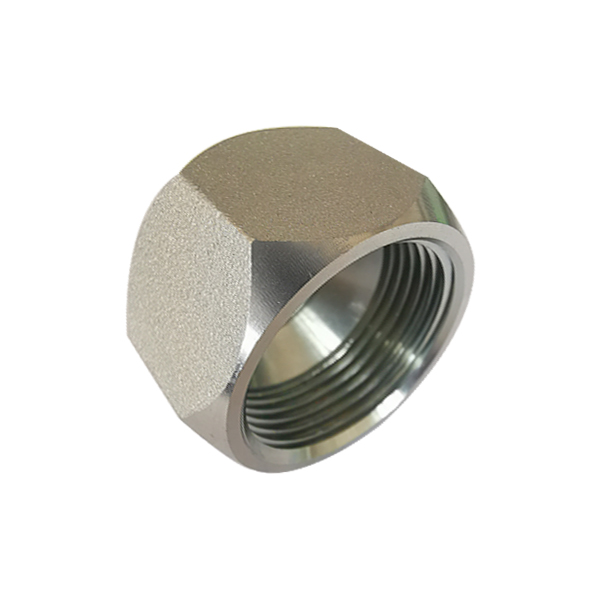

Contact us

We all know that there are many kinds of hydraulic filt […]
We all know that there are many kinds of hydraulic filters, and their principles are also different. What should we pay attention to when choosing?
1. Filter selection steps
(1) Clarify the design requirements: clarify the hydraulic system pressure, flow rate, hydraulic oil brand, working temperature, oil accuracy NAS level required by the system;
(2) Determine the size of the specifications: pre-select according to experience or pre-selected nomogram, and then calculate and calculate its initial pressure drop, if it is greater than the aforementioned recommended value, you need to re-select a filter with a larger flow rate
(3) Determine the type of filter according to the installation position and use pressure of the filter in the hydraulic circuit;
(4) Determine the filtration accuracy level required by the system;
(5) Determine the pollution signal transmission method and bypass of the filter.
2. Terms, symbols and definitions
(1) Filtration accuracy: refers to the maximum diameter of spherical contaminants that can pass through the filter core when the oil passes through the filter, expressed in microns (μm).
(2) Maximum flow rate of the filter: the maximum flow rate recommended by the manufacturer through the filter under test at the specified kinematic viscosity, expressed in units of L / min.

(3) Pressure drop of clean filter element △ P filter element: The pressure drop generated by the clean filter element is equal to the pressure drop of the clean filter assembly to reduce the pressure drop of the housing.
(4) Filtration ratio: the ratio of the number of particulate pollutants in the upstream of the filter greater than or equal to a given size χ and the number of particulate pollutants in the downstream greater than or equal to the same given size, expressed as βχ
(5) Pressure drop of clean filter assembly △ Ptotal: The tested component is a clean filter equipped with a clean filter element, and the difference between the measured inlet and outlet pressures is measured.
(6) Case pressure drop △ P case: the pressure drop when the filter is not equipped with a filter element.
(7) Pollution holding capacity: refers to the weight of pollutants contained in the filter element when the pressure drop of the filter reaches the limit value, expressed in kg.
Three, matters needing attention
(1) For systems using suction and return oil filters, the return oil flow rate should be 20% greater than the suction oil flow rate to avoid insufficient instantaneous oil return. The system directly sucks oil from the tank without filtering.
(2) Since the filter element is a wearing part, the filter element replacement space should be reserved during the design.
(3) It is recommended to use a filter with a cold start valve.
(4) After the filter element is contaminated, the pressure difference flowing through the filter may open the bypass valve, causing the oil to not be filtered at full flow, or even squeezing the filter screen. Therefore, the filter must be visually or electrically alarmed to provide Accurate and reliable instructions for replacement of filter element are required. For the filter whose installation position is not convenient for the operator to observe, priority is given to the method of electric alarm.
(5) The steel filter element can be reused, but considering that the cleanliness of the filter element after cleaning is difficult to meet the standard, it is recommended to use a disposable paper filter element.
(6) The filter cannot pass oil in the reverse direction, and reliable measures should be made to ensure that the workers will not make mistakes.

Zhejiang Guolin Machinery Co., Ltd. is located in Taizhou, famous for“Famous Mountain at Sea”, a coastal city in the middle of Zhejiang Province.
Zhejiang Guolin Machinery Co., Ltd.
Get in touch with us via mail phone.We are waiting for your call or message
[email protected]Copyright © Zhejiang Guolin Machinery Co., Ltd. Rights Reserved.
China stainless steel fittings manufacturers hydraulic fittings Factory
Support by: HWAQ